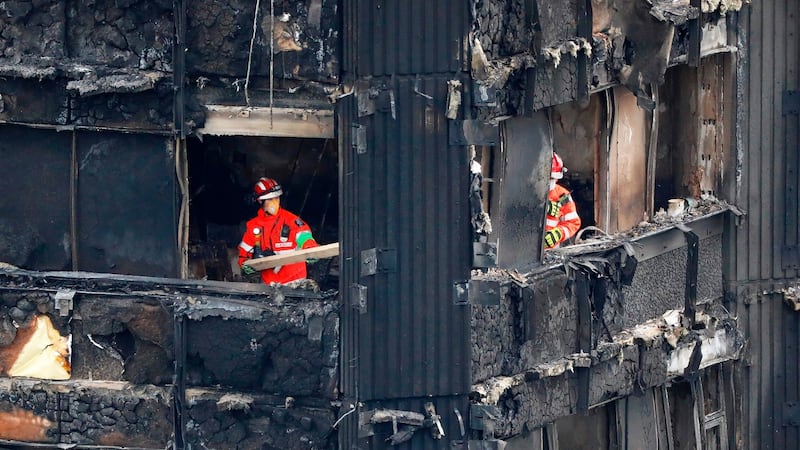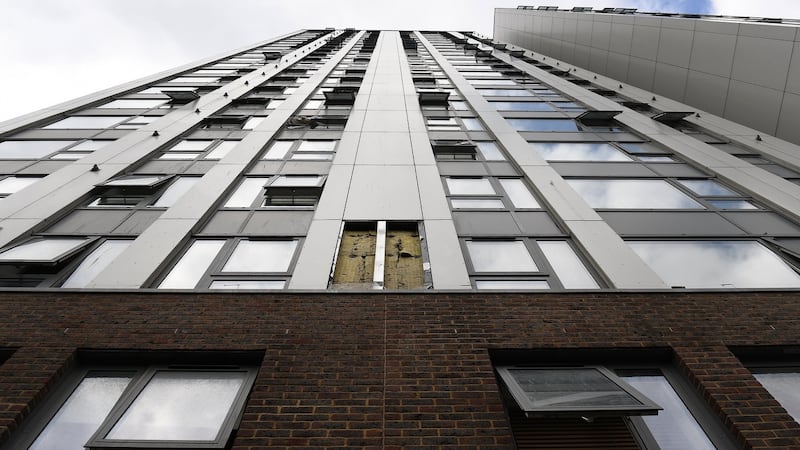Seven residential tower blocks in England have been found to have combustible cladding similar to that used at Grenfell Tower, where at least 79 people died in a fire last week. Tests are being carried out on 600 other tower blocks with similar cladding, and the British government has promised to find alternative housing for everyone living in buildings judged to be at risk.
Cladding used to improve the appearance of Grenfell Tower has been widely blamed for the speed with which the fire spread. Samples of cladding from seven tower blocks in four local-authority areas were found to be combustible, but a Downing Street spokeswoman said that did not mean the buildings would be declared unsafe.
“It will be subject to further testing that is undertaken by the fire services to do that, and if that is the case then we will be obviously working with local authorities and the landlords to make sure that nobody stays in a building that’s proved to be unsafe,” she said.


Camden Council said combustible cladding fitted by the company that was responsible for Grenfell Tower had been found on buildings in the Chalcot Estate. The council said it would be conducting "24/7 fire safety patrols on the estate's corridors to reassure residents and carry out enhanced fire safety checks".
Theresa May told MPs on Thursday that local authorities and fire services were taking "all possible steps" to ensure that buildings are safe and residents are informed. She said the government's immediate focus was on supporting the victims, finding homes for those made homeless and making sure the country's housing stock is as safe as possible.
“But as we move forwards so we must also recognise that for too long in our country, under governments of both colours, we simply haven’t given enough attention to social housing. And this itself is actually a symptom of an even more fundamental issue,” she said.
“It shouldn’t take a disaster of this kind for us to remember that there are people in Britain today living lives that are so far removed from those that many here in Westminster enjoy. That in this tower just a few miles from the Houses of Parliament, and in the heart of our great city, people live a fundamentally different life, do not feel the state works for them and are therefore mistrustful of it.”
The prime minister revealed that she had visited the scene near Grenfell Tower on Wednesday evening, although she did not mention that she was greeted with booing by residents. Downing Street has taken control of the operation around Grenfell Tower away from the Borough of Kensington and Chelsea, whose chief executive, Nicholas Holgate, has resigned.
The Labour MP David Lammy, who lost a close friend in the fire, said the political leadership in the borough should also take responsibility and called on its Conservative leader, Nicholas Paget-Brown, to resign.
“He should go because of the awful situation the people of Kensington have found themselves in. It is clear that he has lost the confidence of significant tracts of his own community. It is clear that people made complaints and did not get significant response. It is clear that the management of this situation doesn’t just go to the chief executive: it goes to him. And the decent thing for him to do is to step aside,” Mr Lammy said.











